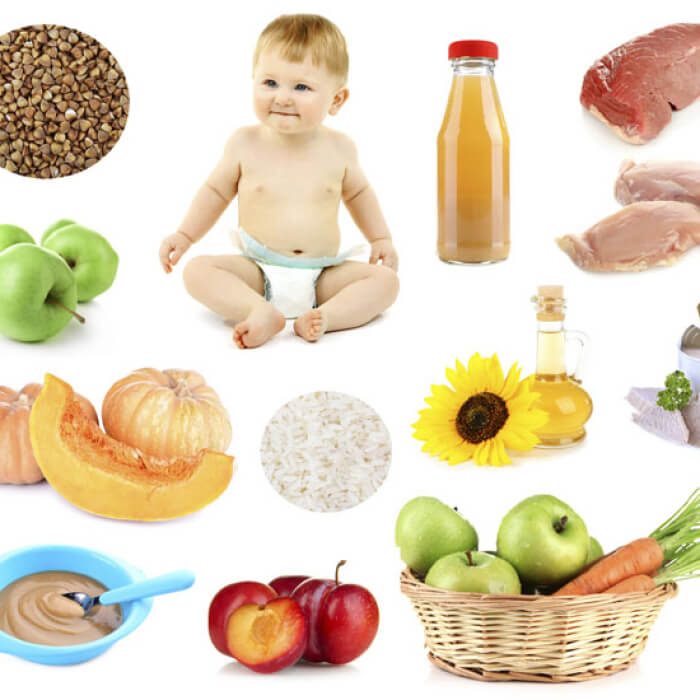From “toddlers not eating” to “toddlers love eating”
Healthy eating is crucial for children to help them develop to their fullest potential. As a parent, it is important to ensure that your child consumes a diverse and balanced diet to supply the various nutrients required to support optimal physical and cognitive development.
As you plan your child’s meal, remember to include foods from the different food groups as well as within each food group.
If your child is a picky eater, mealtimes can often feel like a battleground. Here are some tips you may find useful:
Step By Step
Introduce only one new food at a time instead of serving a completely new meal. For example, if you want your child to eat an unfamiliar or new food, try to introduce it together with a familiar food.
Small to Big
Serve small portion sizes when introducing new foods. Gradually move on to bigger portions.
Make Meals Healthier
Try to improve the nutritive value of the food that your child enjoys. For instance, if your child likes pasta or pizza try whole-wheat varieties and add vegetables. You may also add a slice of cheese to sandwiches, fruit to cereal or vegetables to pasta to increase the nutrient density of food.
Flavour Masking
Some picky eaters accept bites of food if they are dipped in sauce. In cases like these, allow a sauce to be used at first to get your child to try the new food, but then decrease the amount of sauce over time.
This allows your child to gradually experience more of the flavour of the targeted food and increases the chances he will accept it.
Be Positive
Try to alter the form and texture of that food to change the association into more positive ones. For example, you can feed your child with fine minced meat before transitioning to meat cubes as picky eaters tend to be more sensitive to food textures.
Make A Schedule
Serve meals at consistent intervals and times. Discourage eating at unscheduled times; work with your child to establish the mealtime schedule.










